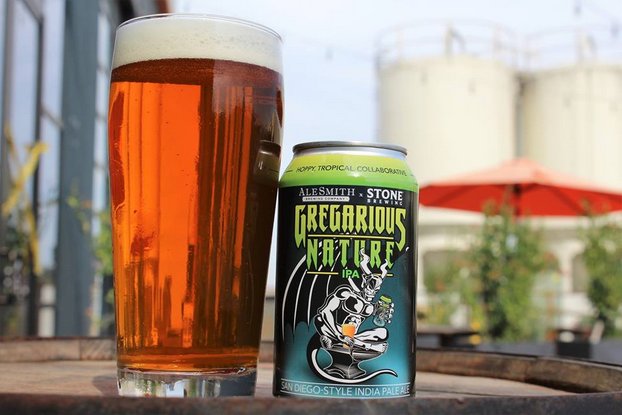
With today’s craft beer industry booming now more than ever, breweries are looking for unique ways to stand out in their markets. Partnerships and collaborations are one such way for many in the industry, and these craft brewers are exploring creative joint brewing efforts through strategic alliances with other breweries and cross-branded products. In addition to collaborations with other brewers, we are also seeing marketing arrangements with sports and entertainment partners or coffee and distilled spirits co-branding, just to name a few.
Forming these new business arrangements presents great opportunities but also requires a thoughtful approach and planning upfront. Creating successful partnerships is much easier said than done.
Factors to consider
There are several key factors that brewers should consider when evaluating a potential collaboration to help ensure a mutually beneficial relationship. These include best practices for navigating:
- Intellectual property factors,
- The distribution rights of joint products and
- The partnership’s impact on the both businesses’ finances and accounting.
Questions to ask
As a brewer, the first question to ask is: What does this partnership bring to the table that I do not currently offer?
Ideally, a partnership or collaboration’s sum should be greater than its parts, creating something both new and exciting for the market. Both parties should confirm early on that the partnership will in fact result in a greater market share for the new product, as well as greater distribution opportunities.
If so, who then has the rights and access to these distribution channels? Knowing these answers well ahead of time will save a headache (and heartache) further down the road.
This is particularly significant for smaller breweries that stand to benefit greatly from collaborations with larger entities. On its own, a small brewery may lack the ability to achieve the reach, distribution and/or market penetration as quickly, so a successful partnership or collaboration can provide a major boost.
Revenue considerations
Another important consideration is determining how the revenue from a new collaboration will be shared among the participants. Ensuring an equitable sharing for generated profits — and confirming that areas of distribution are clearly mapped — is key. For distribution, this is particularly important from a geographic footprint standpoint.
The Creature Comforts & Modern Times collaboration is a good example of what geographic distribution reach can be, creating an opportunity that is mutually beneficial to both parties. Through their collaboration, Modern Times gained access to the East Coast market while Creature Comforts gained access to the West Coast.
IP and licensing regulations

The truth is that today, the industry is still in the early stages of exploring the partnership approach, and there is still a bit of a Wild West scenario at play, especially regarding intellectual property.
To navigate these considerations, it is critical that brewers understand current, applicable IP regulations at both the state and federal level, as well as the terms and conditions of usage and licensing arrangements related to the collaboration contract.
While a recipe or product may have been jointly created, it is the responsibility of each respective organization to ensure the usage, distribution rights and respective branding ownership or licensing arrangements (like music, logos, etc.) are all taken into consideration.
For example, if a large brewery owns and operates multiple sub-breweries in other states or regions and has entered into an agreement with a coffee company, the brewery must ensure that the coffee company is aware of (and more importantly, has legally approved) any and all usage of that recipe and branding regardless of location. Failing to do so could result in legal action and potentially the collapse of the partnership or collaboration.
It is also important to decide which partner will assume the name and/or branding rights as these assets can become a significant part of a partner’s bargaining position or leverage in the final contract.
Often forgotten: Accounting legalities
Though not often top of mind for many, brewers must also carefully consider the financial and accounting impact of any partnerships or collaborations as well. For most arrangements, the accounting typically follows the form of a standard business contract, which means from a legal standpoint, each party is responsible for the assets it commits as well as the liability on their individual accounting documentation.
Depending on if there is a dominant partner in the relationship, typically one entity will record royalty income as part of the agreement while the other will record it as an expense. It is crucial that these legal and financial discussions occur at the outset of any partnership or collaboration, and that they clearly lay out who is responsible for what on the production side, as well as the IP arrangements (who pays who for usage and/or royalties).
As in other industries, partnerships are proving to be an effective – and even lucrative — approach for many craft breweries. While these considerations presented are not a complete list, they should be viewed as critical building blocks to any strong collaboration.
Pat Tuley is a Partner with Wipfli LLP, a top 20 accounting and consulting firm, with offices located across the nation.





Leave a Reply
You must be logged in to post a comment.